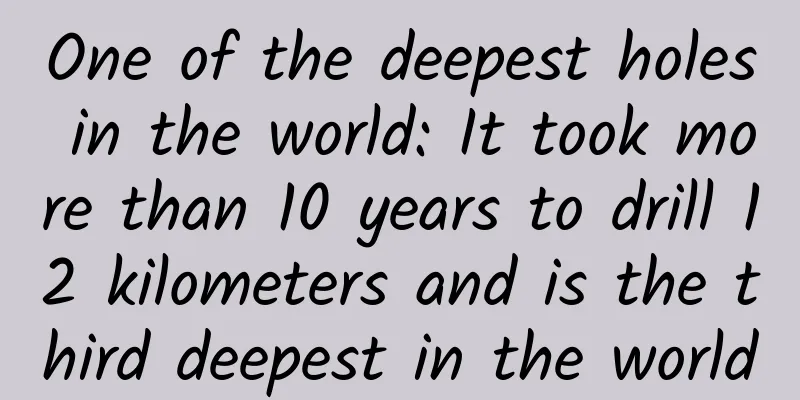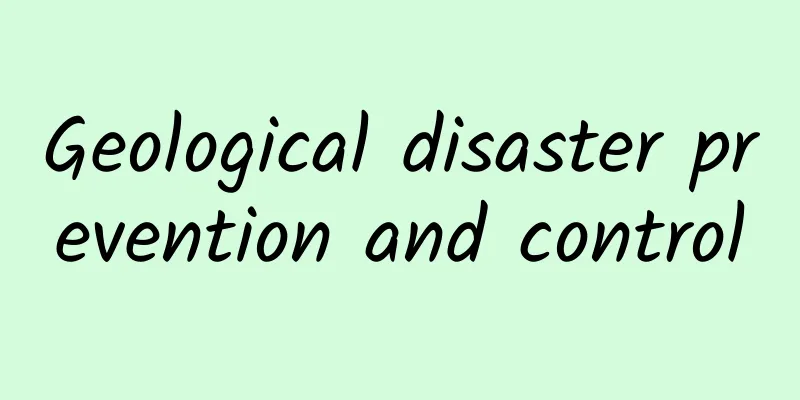One of the deepest holes in the world: It took more than 10 years to drill 12 kilometers and is the third deepest in the world

|
In the last century, the Soviet Union created many scientific and technological miracles, especially in the field of aerospace. It was the pioneer of many new things, such as the first artificial satellite, the first space station, and so on. Unsatisfied with their achievements in the sky, the Soviets turned their attention to the underground. In 1970, the Soviet Union began a scientific drilling mission in the Kola Peninsula near Norway, drilling many holes in the area, with the main purpose of studying the interior of the earth. The drilling mission was not completed until 1994, and the relevant research on the drilled cores continued until 2006. In 2008, the relevant buildings in the area were also demolished or abandoned. The target depth of the drilling mission was 15 kilometers, and the plan was to drill through the upper crust, reach the Moho surface where the crust and mantle meet, and take samples. However, the plan did not meet expectations. In fact, the United States also carried out a similar drilling plan in the 1960s. Among the many boreholes, one of them, code-named SG-3, is now called the Kola Superdeep Borehole, with a vertical depth of 12,262 meters. This borehole was opened in the northeast of the Baltic Shield. The hole is not big, with an upper diameter of 92 cm and a lower diameter of 21.5 cm. Even now, the depth of the borehole is still ranked third in the world. The top two are the 12,289-meter Ashoshin oil well in Qatar in 2008 and the 12,345-meter Odoptu OP-11 oil well in Sakhalin Island, Russia in 2011. The average radius of the Earth is 6,378 kilometers. The current deepest drilling record is just over 12 kilometers, less than 0.2% of the Earth's average radius. Drilling stopped at 12,262 meters. Some people said that it was because they heard unknown sounds, while others said it was because they were hindered by unknown creatures. In fact, there were only two reasons: one was insufficient funds, and the other was insufficient technical conditions. The first 12,000 metres of the Kola Superdeep Borehole were reached in 1983, taking almost 13 years, while the final 262 metres were completed in the following decade. Using CT technology, we can know the condition of the brain without opening the skull. Scientists have also roughly figured out the condition of the earth's interior by measuring the propagation of different types of seismic waves inside the earth, and found that the earth can be divided into three layers from the inside to the outside: the core, the mantle and the crust. The crust is as thin as an eggshell, with an average thickness of about 35 kilometers. At present, all human drilling projects only take place in the upper part of the crust. Anyone who has studied geography knows that the temperature gets higher the deeper you go underground. Magma overflows from the asthenosphere at the top of the mantle, and the temperature at the center of the earth is actually slightly higher than that of the surface of the sun. At that time, researchers who were drilling on the Kola Peninsula used a special drill that could withstand temperatures of several hundred degrees Celsius. Going deeper, the temperature would be even higher, and with the technology at the time, there were no drills that could meet the higher temperature requirements. Moreover, a large part of the crust below the earth is molten rock, and the newly drilled hole will soon be filled with the surrounding lava. Some people want to dig through the earth and reach the center of the earth, but it is obviously impossible to do so. Although this drilling mission was quite expensive, it also resulted in many discoveries. However, they were not as strange as described in street literature, but rather increased human understanding of the Earth's interior. For example, when the drilling depth reached 9,500 meters, a stratum rich in gold was discovered. After core analysis of the stratum, it was found that the gold content was as high as 80 grams per ton. Gold is a precious metal that is not only valuable but also widely used. The gold content of gold deposits in the earth's surface rarely exceeds 10 grams per ton, and generally reaches 4 grams per ton to be worth mining. According to relevant theories, the reason why the gold content inside the earth is so high is that gold has a relatively large specific gravity. At the beginning of the formation of the earth, most of the gold elements settled inside the earth. Although the gold content of the rocks inside the earth is very high, there is no need to mine it at all, because the cost of mining at a depth of 10,000 meters underground is far greater than the value of the gold itself. |
<<: We will never forget these words of 2021!
Recommend
[Open Source & Sharing] Cocos Engine Chinese Official Website Tutorial Collection Order
The Cocos Engine Chinese official website is now ...
Information flow, fan channel, creativity, account structure...you must have encountered these problems!
Question 1: How do you evaluate the effectiveness...
China's greatest connection! How many secrets does the Yangtze River hide?
On Earth There has never been such a river With s...
TopNews is a high imitation of the "Today's Headlines" client
Source code introduction: TopNews is a high imita...
Winter vacation homework is put on the warm bed, and the handwriting mysteriously disappears? Don't worry, put it in the refrigerator and it will be saved!
Tragedy! Just because a child used an erasable pe...
Spring Festival holiday arrangements for 12 app stores
360 Mobile Assistant Application & Game Revie...
There is only one last mile left! Is high-level autonomous driving really coming?
Recently, there has been a lot of good news in th...
The more an ad looks like information, the more likely it is to be clicked? Please stop hurting your users.
There is a saying in current information flow ads...
The best 5-step user behavior path!
The market is becoming increasingly calm, and the...
Is it expensive to develop a Sanya nail art mini program? Sanya nail art applet development cost and process
Sanya nail art applet development price 1. Displa...
A rare spectacle! Over 100 million
Hundreds of millions of eggs develop into adults ...
How to design a user activation growth strategy from 0 to 1
User activation is the first step after completin...
4 tips and 6 taboos for live streaming sales
As a short video platform with more than 600 mill...
How to operate and promote APP? Share these 5 points!
After the APP product is launched, what do APP op...
Why can't an aerial bomb that explodes as soon as it lands explode on the plane?
Since the birth of the world's first heavy bo...









